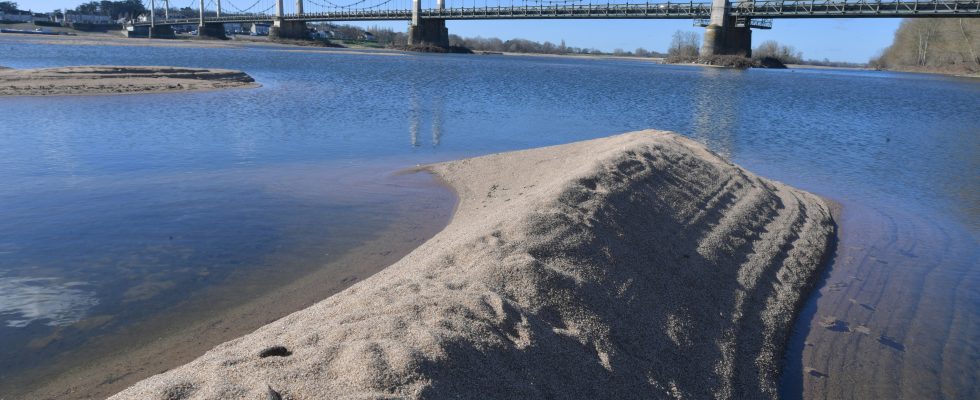Will we run out of water this summer? Will we be able to water our crops enough or make our hydroelectric plants work properly? As is often the case with drought, our fears focus on the volumes of water available. But that is forgetting another difficulty. With rising temperatures, the quality of our rivers or groundwater tends to deteriorate, a phenomenon that is likely to increase in the future due to the intensification and lengthening of dry periods.
Experts are sounding the alarm. “In forty years in France, we have had to close 25% of drinking water catchment points, in particular due to nitrate and pesticide pollution”, underlines hydrogeologist Florence Habets. Good quality sites are becoming rare, laments the scientist. And the droughts don’t help matters. Its effects on our rivers are quite immediate: with the lack of water, the concentration of pollutants increases. “In summer, we already see many practically dry rivers for which the impact on quality is undoubtedly already strong, even if all of them are not used to provide drinking water”, explains Jean-Marie Mouchel. , professor of water sciences at Sorbonne University.
In groundwater, degradation seems less clear. Admittedly, groundwater ends up receiving excess fertilizers left in the soil due to droughts. But their quality depends a lot on the geology and history of the place. “The more we draw from the groundwater, the more we accelerate its renewal and the more we expose it to a risk of pollution”, notes however Patrick Durand, researcher at the National Research Institute for Agriculture, Food and Agriculture. environment (Inrae). And when the water level drops too much, you have to pump elsewhere, sometimes from sources of poorer quality.
Nitrates and pesticides in the viewfinder
“It is impossible to establish a precise diagram for the entire water network of the country. The quality of water depends on many variables. However, if we are worried about its degradation, it is better to try to limit our impacts. often, in small rivers, the problem stems from diffuse pollution of agricultural origin”, warns Jean-Marie Mouchel. “Nitrates and pesticides. The two often go hand in hand,” confirms Christian Toussaint, volunteer with the water group of the Indre Nature association. In his department, the rate of nitrates in certain bodies of groundwater sometimes comes close to the authorized limit, forcing the network manager to make mixtures. “The warmer the rivers, the less oxygen they contain, which reduces their capacity for self-purification,” he adds.
Faced with the threat, is the water plan recently announced by Emmanuel Macron up to the task? “Instead of imposing organic crops in supply areas and providing the means, the funding on the table remains limited while the regulations still allow a low level of inputs”, deplores Florence Habets. “There are many effective techniques for filtering water”, tempers Bernard Saunier, water specialist and member of the Academy of Technologies. Activated carbon, nanofiltration… We have a whole range of possibilities available. But they are expensive and not unanimous.
“Rather than relying on technology, it would be better to look at the priorities of use, which are not always respected,” says Jean-Marie Mouchel. “Before imagining a strengthening of standards, we should already achieve national objectives, abounds Patrick Durand. The framework directive on water established in 2000 gave us until 2027 to achieve a good ecological state for our groundwater and rivers. But France will not succeed.” Over the past three decades, we have made progress on the presence of phosphorus, but on the side of nitrates, the improvement is much more modest. On pesticides, the situation remains complicated and new pollutants come into play, such as nanoplastics. “We lack a lot of data to follow the evolution of the quality of the water or that of the quantities withdrawn, warns Florence Habets. But one thing is certain: if we do nothing, the situation will worsen.”
